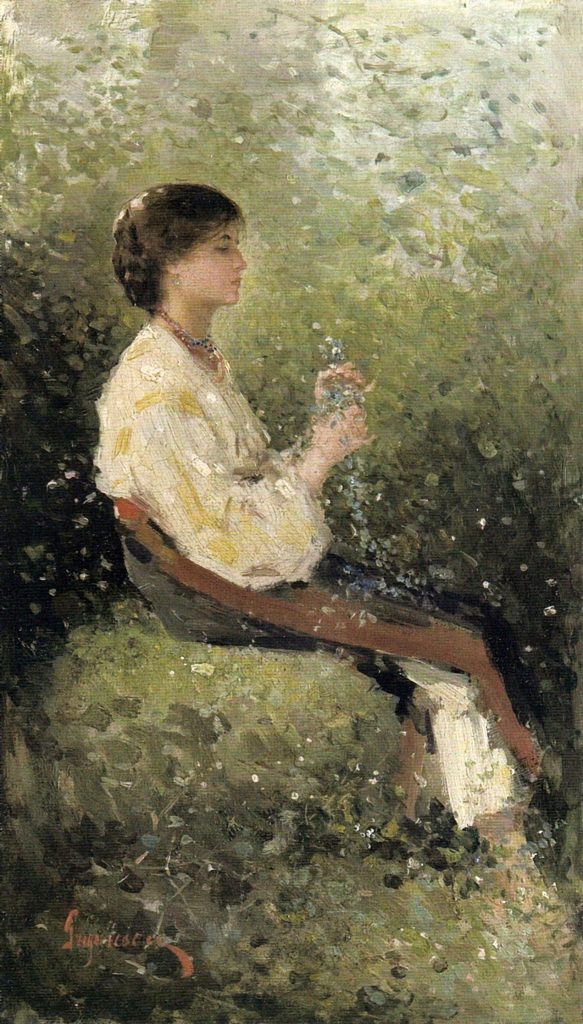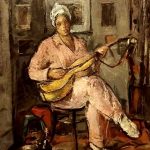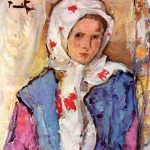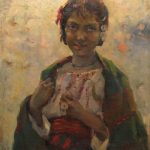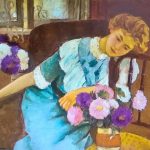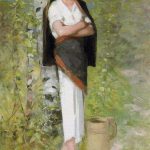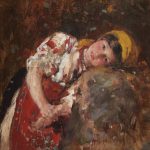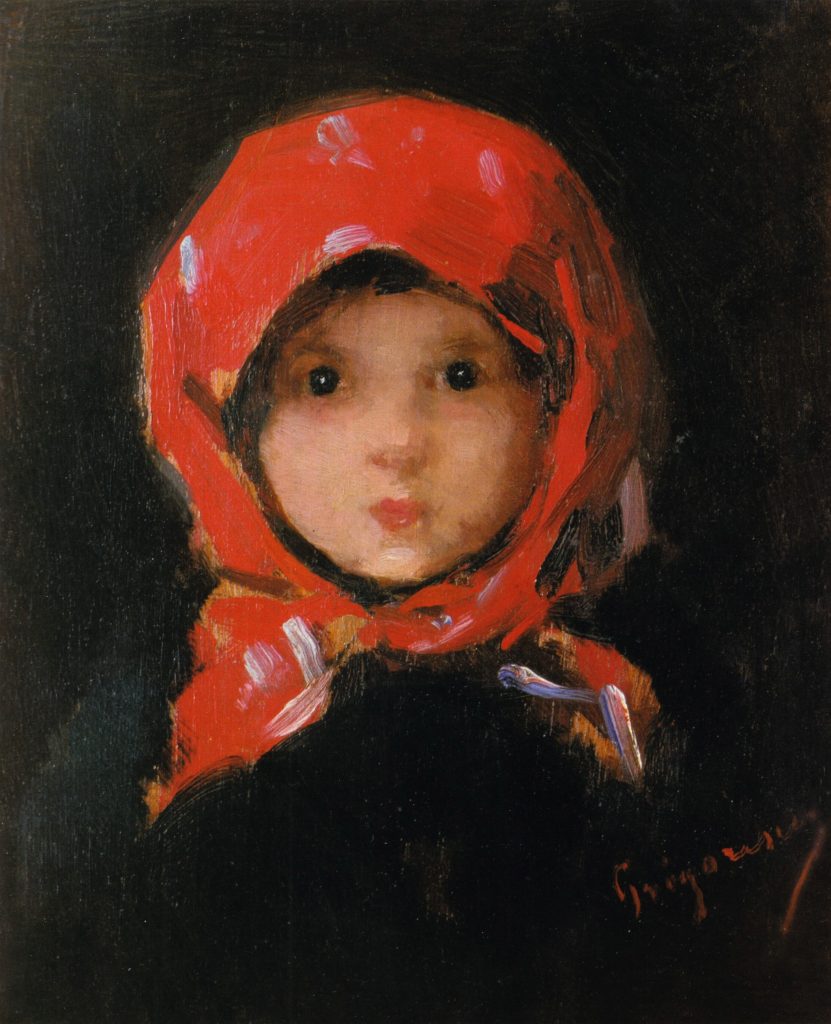
Nicolae Grigorescu (1838-1907) was a prominent Romanian painter and one of the most influential artists of the 19th century in Romania. He is celebrated for his contributions to both Romanian and European art, particularly for his depictions of the Romanian countryside and its people. Here are some key details about Nicolae Grigorescu’s life and career:
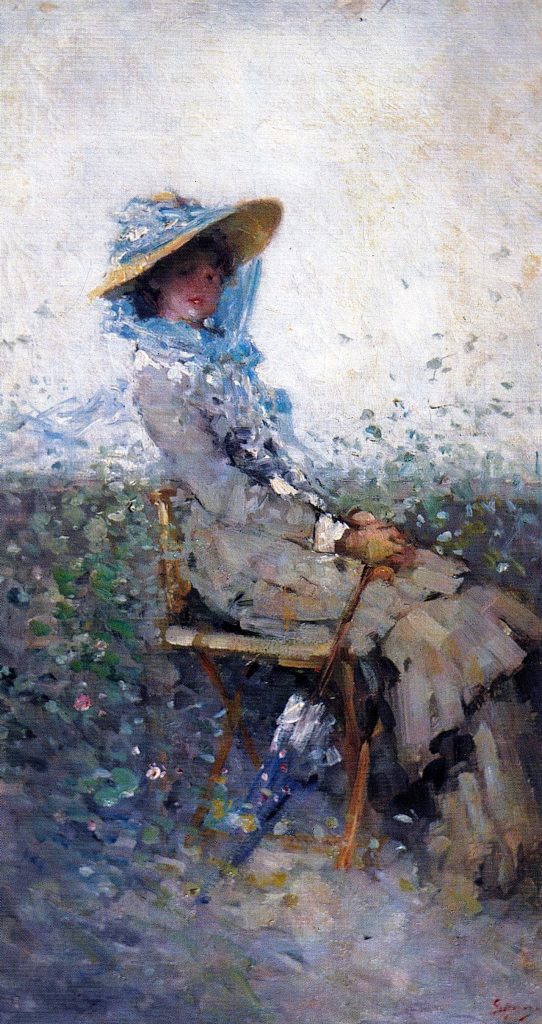
- Early Life: Nicolae Grigorescu was born on May 15, 1838, in the village of Pitaru, located in what is now Romania. He grew up in a rural environment, which greatly influenced his later artistic work.
- Artistic Training: Grigorescu displayed a talent for drawing from a young age. He began his formal art education at the School of Fine Arts in Bucharest and later studied in France, primarily in Paris, where he attended the prestigious École des Beaux-Arts. During his time in France, he was exposed to various art movements and styles, which had a significant impact on his development as an artist.
- Influence of Barbizon School: Grigorescu was heavily influenced by the Barbizon School, a group of French landscape painters known for their realist and plein-air painting techniques. He adopted elements of this style and applied them to his depictions of the Romanian countryside.
- Subjects and Style: Grigorescu’s works often featured rural landscapes, peasants, and everyday life in the Romanian countryside. His paintings are characterized by their naturalistic style, vibrant use of color, and attention to detail. He had a special talent for capturing the play of light and shadow in his landscapes.
- Contribution to Romanian Art: Grigorescu played a pivotal role in the development of Romanian art during the 19th century. His paintings helped establish a distinctive Romanian school of painting, and he is considered one of the founders of modern Romanian art.
- Recognition and Exhibitions: Grigorescu’s work gained recognition in Romania and internationally. He exhibited his paintings at various exhibitions, including the Paris Salon, where he received awards and critical acclaim.
- Portraiture and Later Career: In addition to landscapes, Grigorescu also painted portraits, further expanding his artistic repertoire. His portraits were known for their psychological depth and attention to the sitter’s character.
- Legacy: Nicolae Grigorescu’s legacy in Romanian art is profound. His depictions of the Romanian countryside and its people continue to be celebrated for their cultural and historical significance. His influence on later generations of Romanian artists is undeniable, and his work remains a source of inspiration for those interested in the natural and cultural beauty of Romania.
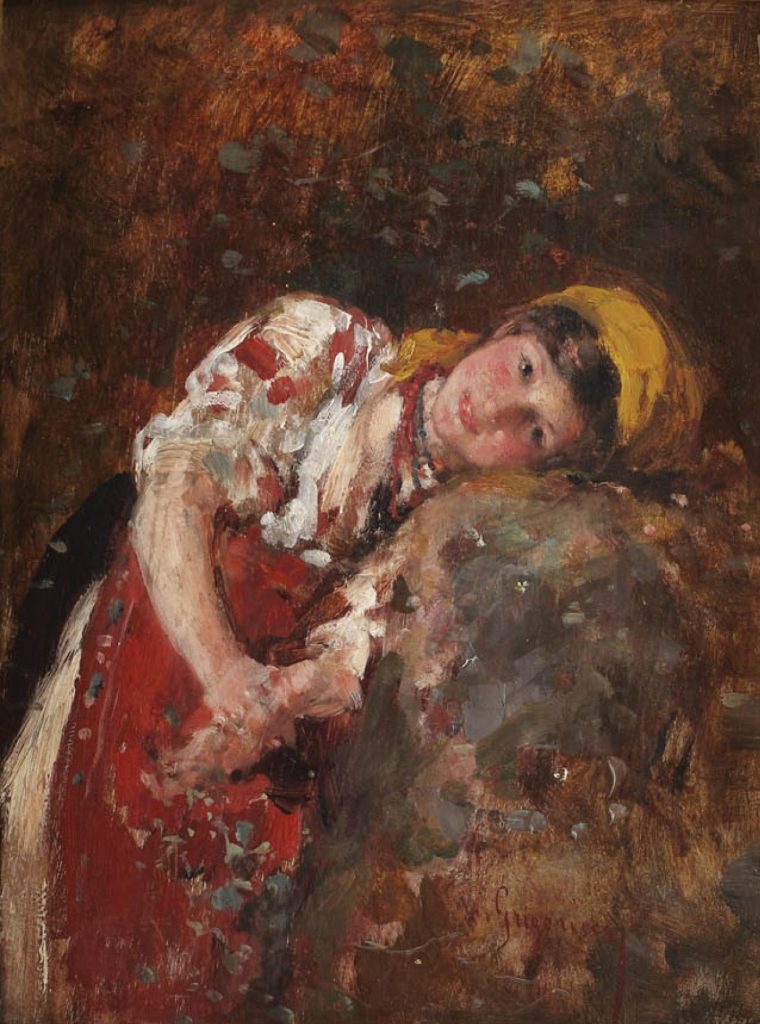
Nicolae Grigorescu’s art not only captured the essence of the Romanian landscape but also contributed to the cultural identity of the nation. His dedication to portraying the beauty of his homeland and its people solidified his status as one of Romania’s most revered painters.
